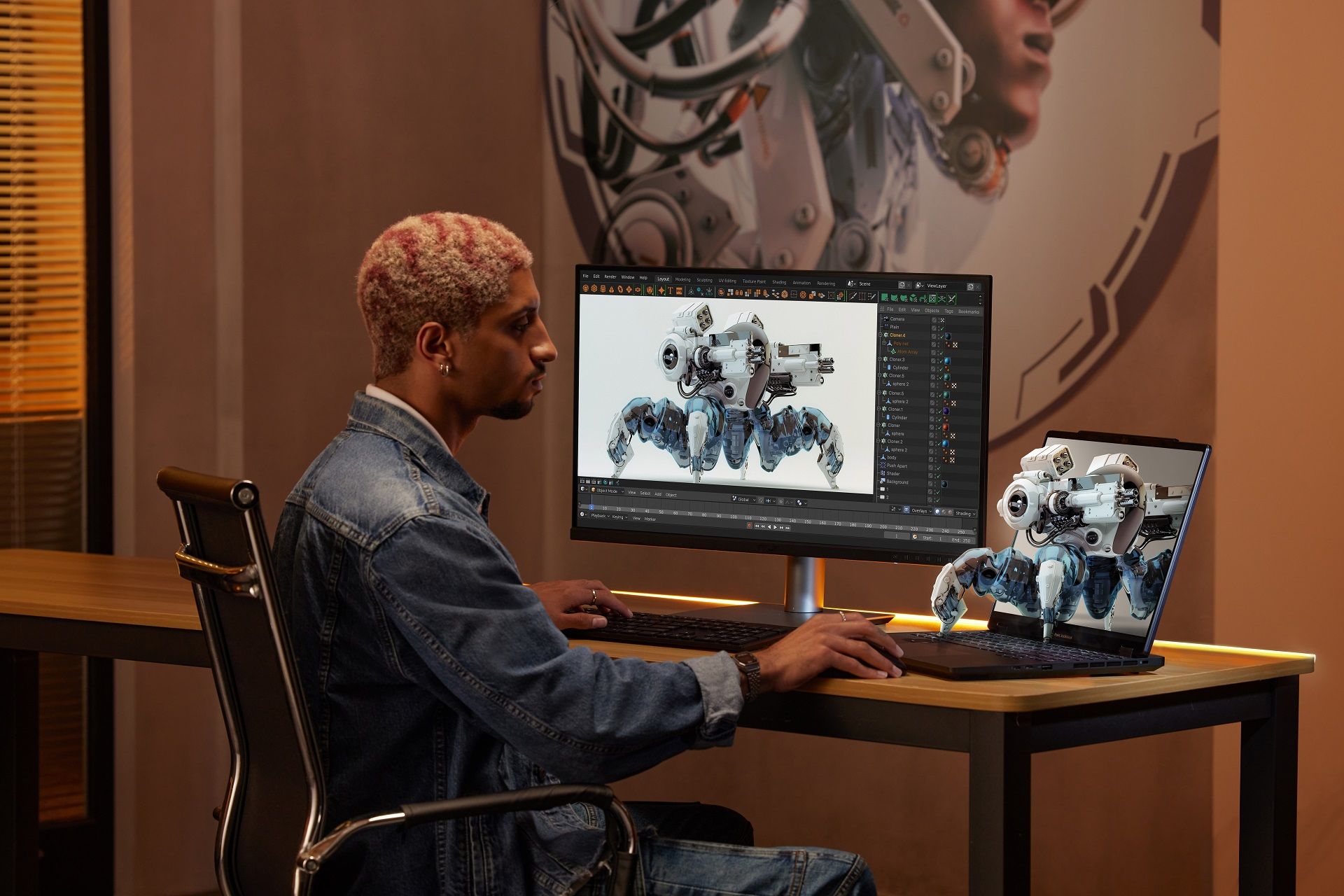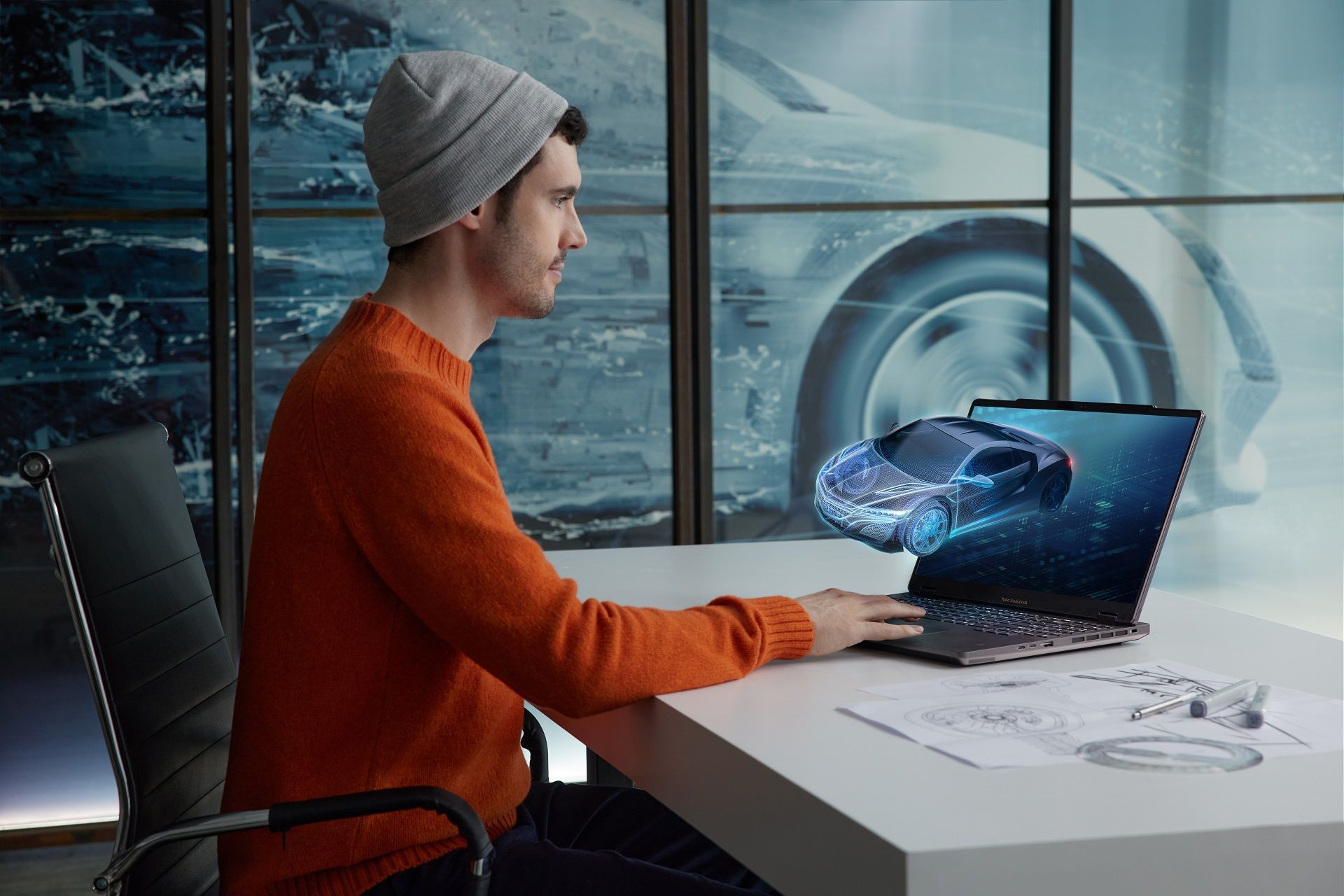Quick Links
The plethora of tech that CES brings is nothing short of astonishing. While many manufacturers take it as an opportunity to introduce hardware updates, some also showcase the new directions they've pioneered in with products.
At CES 2023, ASUS falls into this second bucket, doing both — innovate and iterate. Here we take a quick look into the new ProArt StudioBook 3D OLED laptop, which brings glasses-free 3D to a portable machine.
ASUS ProArt StudioBook 3D OLED Introduces Spatial Vision
Before diving further into this topic, glasses-free 3D isn't a new concept, and we've seen other manufacturers take a jab at it. As a matter of fact, ASUS' partner Dimenco has previously worked with Acer and helped create its Spatial Labs experience. But an element of uniqueness comes with the ProArt StudioBook, as it does this with an OLED display. ASUS calls this technology Spatial Vision.
Spatial Vision uses a lenticular lens and an eye-tracking camera, which work together and enable the display to generate distinct images for each eye in real-time; this results in an autostereoscopic 3D image. In addition, the display offers a 1,000,000:1 contrast ratio, a 0.2 ms response time, and a 120 Hz refresh rate.
If you choose 3D visuals that aren't for you, you can switch to 2D-only mode.
ASUS believes this technology showcases the immense potential for the metaverse, which is rapidly growing. But in the meantime, to make the most of this hardware, you can use the applications, which will let you watch and play content in 3D, available in ASUS Spatial Vision Hub.
It's common to see unique hardware showcased on high-end devices, and that remains the case here. The ASUS ProArt StudioBook 16 3D OLED is a premium laptop with the latest Intel 13th-gen HX processors, Nvidia's RTX 40 series graphics card, support for up to 64GB of RAM, and 8TB of PCIe 4.0 storage.
Glasses-Free 3D Is an Exciting Concept!
While the metaverse statement that ASUS made is something I can't speak to, as a mechanical engineering graduate, I do see value in the ability to visualize models in a three-dimensional space.
In addition, ASUS' decision to make this feature available on cheaper devices within its lineup is another positive that we see, as increased market penetration will only help further iterations and development. Glasses-free 3D is an exciting concept for laptops, and I hope to see more of it in the near future.


